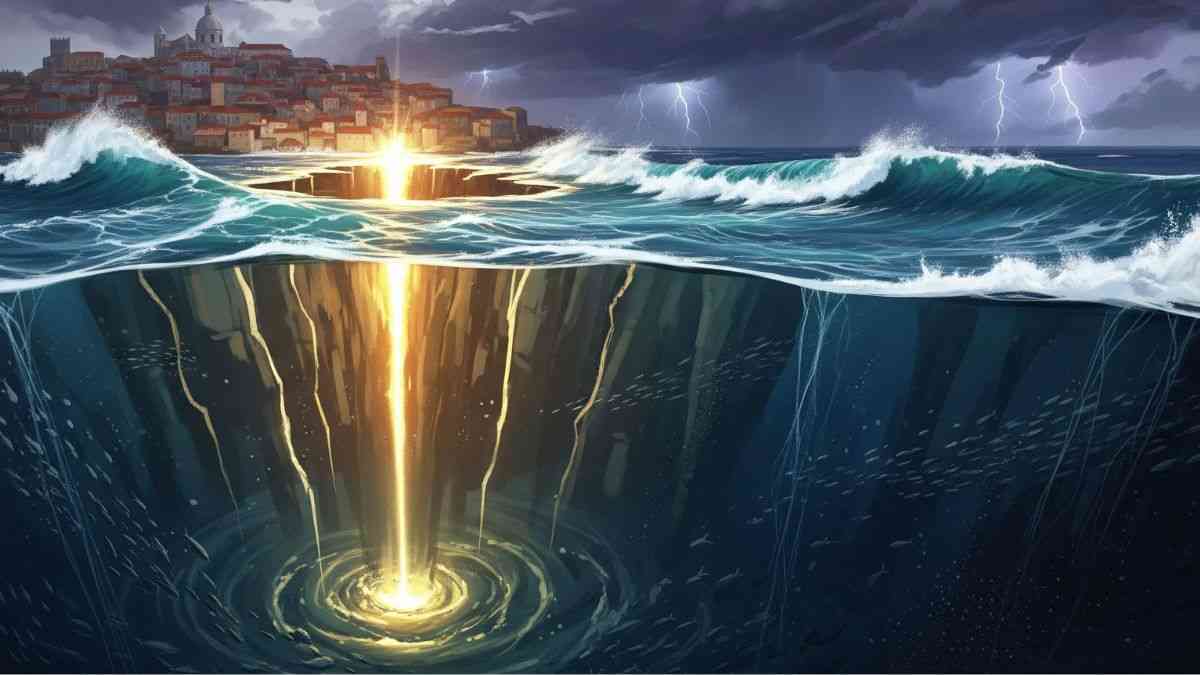Truth & Goodness
Scare, Divide, and Conquer: The Oldest Weapon in Politics
07 January 2026

Something is happening beneath the Atlantic Ocean that geologists once thought impossible. A groundbreaking new study explains the mystery of Lisbon’s catastrophic earthquake — and hints at a future where an entire ocean might one day vanish.
On November 1, 1755, Lisbon — the bustling capital of Portugal — was reduced to rubble. The ground shook so violently that tremors were felt across Europe. A massive tsunami followed, then fires consumed the city. Thousands perished in the catastrophe. Historians and seismologists now estimate the quake reached a magnitude of 8.7 on the Richter scale — the most powerful earthquake ever recorded in Europe.
The event puzzled scientists for centuries, because Lisbon lies far from tectonic zones where such strong quakes typically occur. From a geological perspective, such massive earthquakes in this region should have been impossible — until now. A recent study published in Nature Geoscience reveals startling facts about what is happening deep inside our planet.
Worth reading: A New World Is Born Far Away. What Did the Telescopes See?
Researchers from Portugal, Italy, Germany, and the Netherlands used seismic tomography and computer simulations to make a groundbreaking discovery. Beneath the Atlantic, the top layer of Earth’s mantle is detaching from the crust and sinking deeper into the planet — a process called delamination.
Until recently, scientists believed delamination was impossible in such an old, strong oceanic basin as the Atlantic. “As far as we know, delamination has never been identified in an intact oceanic basin,” explains lead author João Duarte of the University of Lisbon, as quoted by Science.org. This discovery not only explains the origin of Lisbon’s disaster but also offers clues about the future of the Atlantic.
The Atlantic Ocean is one of the seismically quietest on Earth. Unlike the Pacific’s “Ring of Fire,” it lacks frequent quakes and dramatic volcanoes. The last major earthquake in the region struck Lisbon in 1969, killing 25 people with a magnitude of up to 7.9.
Its epicenter was unusually deep — 20 kilometers below the surface instead of the usual 10. Thanks to Duarte’s team, we now know delamination was to blame. They suggest this may be the first step in the creation of a subduction zone — where one tectonic plate slides beneath another, triggering earthquakes and volcanic activity.
What does this mean for the Atlantic’s future? The Gibraltar Arc — a small subduction zone in the western Mediterranean — is already pushing westward. Duarte’s team believes delamination may signal that subduction will spread along the eastern Atlantic, potentially ending the ocean’s expansion. Millions of years from now, the Americas could drift back toward Africa and Europe, forming a new supercontinent.
Read the original article: Europa zadrżała w posadach. Naukowcy odkryli dlaczego


Science
06 January 2026

Zmień tryb na ciemny